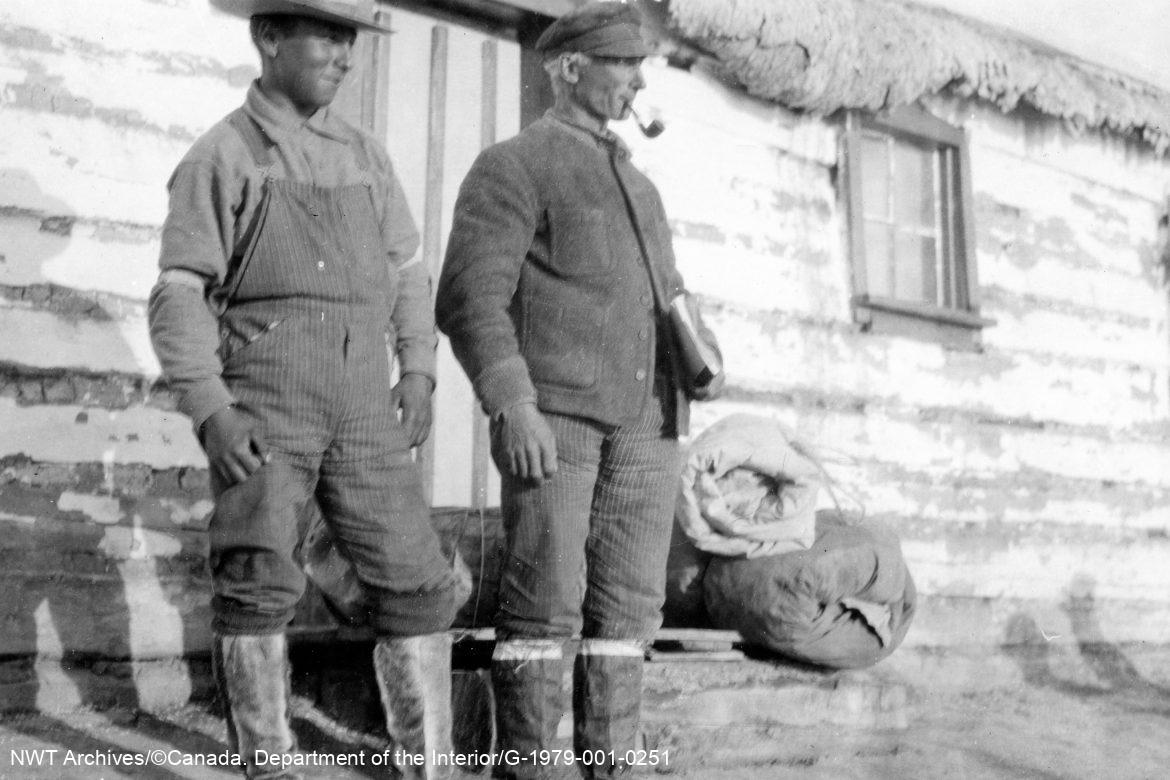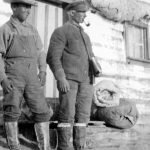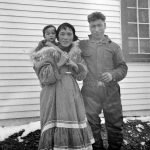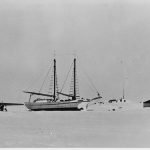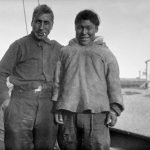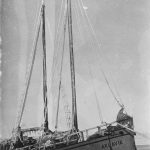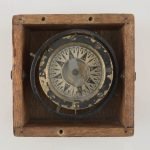1915
Patsy Klengenberg
Born on the north coast of Alaska in 1900, Patsy Klengenberg was the oldest son of Christian Klengenberg, a Danish sailor, and Qimnaq, an Inupiat. In 1910, the Klengenbergs moved east along the Arctic Coast to Darnley Bay, northwest of the present-day community of Paulatuk.
In 1915, scientists from the Canadian Arctic Expedition set up a base at Darnley Bay and Patsy was hired as a guide and interpreter at 15 years old. He learned how to read and write in English, do math, and learned a little geology and natural history. Anthropologist Diamond Jenness noted about Patsy that “probably no better interpreter could have been found anywhere along the Arctic coast.”
Patsy travelled to Edmonton in 1917 to act as the interpreter in a trial of Inuit hunters Sinnisiak and Uluksak and their involvement in the murders of two Roman Catholic priests. The first trial acquitted the two men, but a second found them guilty. The trial is seen as an essential part of the extension of the Arctic into Canadian judicial and legal control.
Patsy Klengenberg, an astute businessman, had an extensive trade network. By the 1930s, he traded with trappers on the Arctic coast as far west as Barrow, Alaska and east to Gjoa Haven, Nunavut.
Patsy owned a schooner called Aklavik, a familiar sight in the western and central Arctic waters in the 1930s and 40s, and actively participated in the Arctic fox trade. Patsy died in 1946 when the Aklavik caught fire and sunk in Cambridge Bay.
